In an increasingly digital healthcare environment, an accurate picture of the patient journey is the key to optimizing your medical marketing strategy.
The customer journey does not take place in a bubble. Consumers now have a plethora of channels to discover information and a multitude of devices to consume it on. A potential customer might interact with your company a dozen different ways before finally making a purchasing decision. Roughly 36% of Americans own a smartphone, a computer, AND a tablet. Consumers use each of these devices somewhat differently (different browsers, stages of the purchasing process, and actions), which makes tracking the customer journey and various touchpoints significantly more difficult.
Defining ‘Omni-Channel’
Google defines omni-channel as: denoting or relating to a type of retail that integrates the different methods of shopping available to consumers (e.g., online, in a physical store, or by phone).
A customer isn’t necessarily going to see your advertisement, then immediately pick up the phone and call. Now that we have so many channels and devices, the path purchase is much more complicated than that.
Let’s examine an example path-to-purchase.
A person might go to Google and search for “Orthopedic surgeon in Boston”. They see your paid advertisement and they click on it. They make a note of your practice’s name. A week later they Google your practice name and click the organic listing. They like your blog and subscribe to it. They seem to be interested in learning about knee replacements. A couple of weeks go by and they receive an email newsletter and they read it. The newsletter talks about the newest knee replacement technology. It piques their interest. Your business is top-of-mind now. They have your URL saved in their search bar and they go to your site directly. They call and schedule an appointment.
If you’re using what’s called a “Last-Click Attribution Model,” then direct traffic will get all the credit for the conversion. However, this is misleading considering that all the other channels played a major role as as well. If they didn’t see your PPC ad, or if you didn’t have a quality blog, they may not have called.
The tricky part is determining who gets credit and how much. PPC should get credit since it’s how the user found your practice, but it shouldn’t get all of the credit since organic, email, and blogging all contributed to the conversion.
The point isn’t that one channel is the best – it’s that they interact with and ‘assist’ one another. Think of a basketball player making a pass to an open player so they can score. The passer gets credited with an assist and played an important role in scoring the point. Without any one of these channels, the person may have not made an appointment.
Attribution Models
Attribution modeling is essentially assigning credit to conversion channels. Attribution models can make or break your ability to generate a solid ROI on your digital marketing strategy. You might determine that one channel is a linchpin and allocate more budget there – only to end up losing business.
There are several types of attribution models and no one is necessarily better than the other.
You should note that most business tend to use a ‘Last-Click Attribution Model’. This means that the last click before converting gets 100% of the credit. Google Analytics uses this model by default.
Learn more about attribution modeling with Google Analytics.
Cross-Device and Cross-Domain Tracking
Cross-Device Tracking
If a person starts their search on a smartphone and finished on a desktop, are you tracking this as one user or two? Enabling cross-device tracking in your analytics software is crucial to properly assigning credit to your channels. When cross-device tracking is not enabled, it will break the conversion path and subsequent clicks from a user might look like a first click.
Cross-Domain Tracking
Many businesses use multiple domains or subdomains for marketing purposes. For example, a business may choose to create a separate domain for a landing page for a certain marketing channel. The issue is that many businesses do not track this properly. They essentially track the sub-domain as though it’s a completely different business.
For example, if setup incorrectly, when someone clicks on a paid ad, goes to your subdomain, then goes to your main site, the source will look like a referral from the sub-domain. If cross-domain tracking is setup correctly, the source should be the paid ad.
Properly setting up cross-domain traffic is crucial if you want accurate attribution. Otherwise, referral sources and direct traffic may get too much credit and steer you off course.
Phone Call Tracking
I believe that phone call tracking is vastly underutilized. If you’re going to get serious about championing your Omni-channel marketing efforts then you need to know where phone calls are coming from.
There are a few great reasons to use tracking numbers:
- Attribution: The main reason is you will be able to delineate what marketing channels are generating calls or not.
- Optimization: With call tracking, you can determine which campaigns are effective and you can tell which keywords or message drive the best results.
- Lead Scoring: Recording and listening to calls can be massively insightful to your business. You will be able to discover bottlenecks and fix them. It also gives you insights into what people are truly looking for.
Phone call tracking will allow you to see downstream metrics like in the image below.
There are some great phone call tracking companies out there like: DialogTech, CallRail and CallTrackingMetrics.
The Trouble with Direct Traffic
A direct session is when a user types a domain name like www.mdconnectinc.com directly into their browser. This is also the case with bookmarks and other direct links for sources like a PDF.
The main problem with direct traffic is that it doesn’t actually tell you much.
Exploring direct traffic:
- Is the user an existing customer?
- Did they see a billboard or brochure and go directly to your site?
- Did they click a link from a social media app that wasn’t passing referrer information?
- Was cross-domain tracking incorrectly setup?
There’s no such thing as perfect analytics, but you can always get better.
In the screenshot below – direct traffic was getting too much credit. In a last-interaction model it looked as though it generated 5,360 conversions – but in a first-interaction model, the number of conversions was 3,538.
In the first-interaction model, more credit was attributed to Organic and Paid search. A paid ad or an organic link likely initiated the patient path. They may have manually typed in the URL or bookmarked the site and used that as a means to get back later on. More people went back to the site via direct right before converting, thereby making it seem like paid and organic search weren’t as important.
We will continue to move into an Omni-channel marketing world as more platforms, devices, networks and mediums are released. I hope you appreciate the importance of understanding how these channels can interact with each other and that you will continue your efforts to truly improve your customer’s journey.

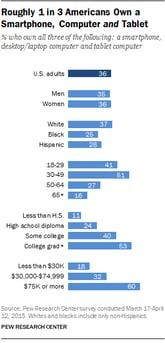
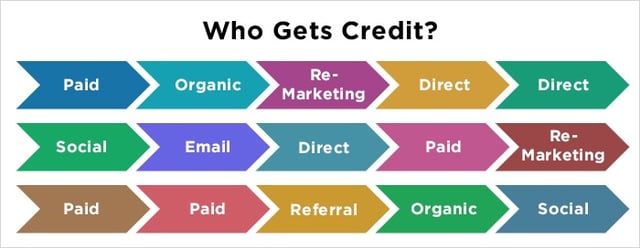
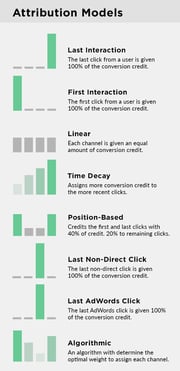

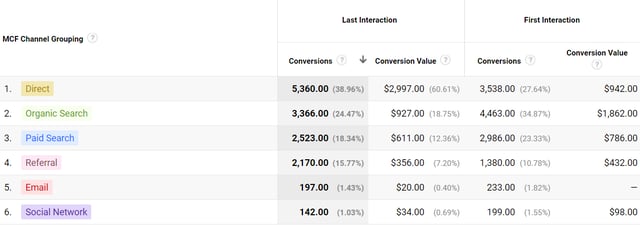















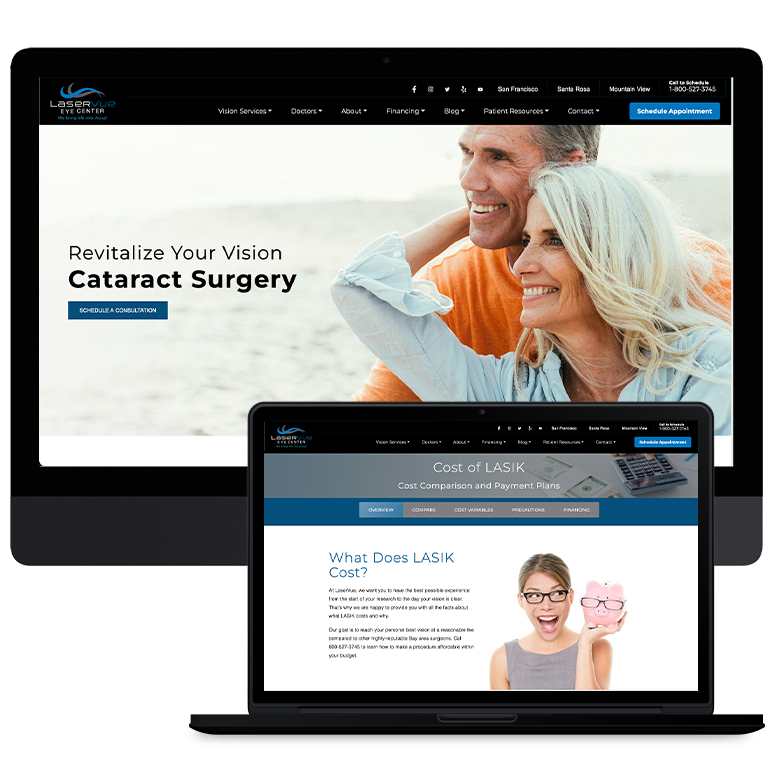
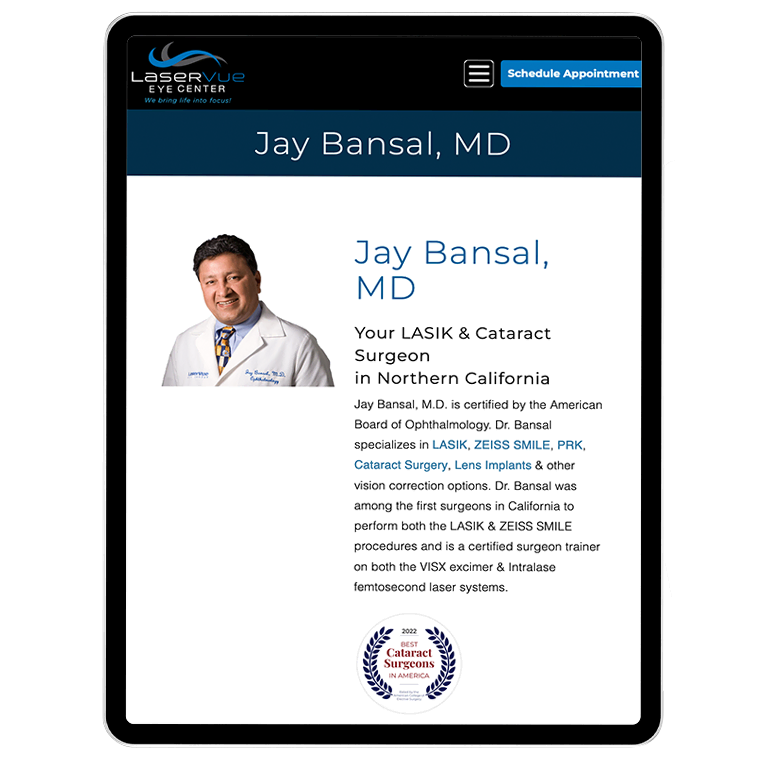

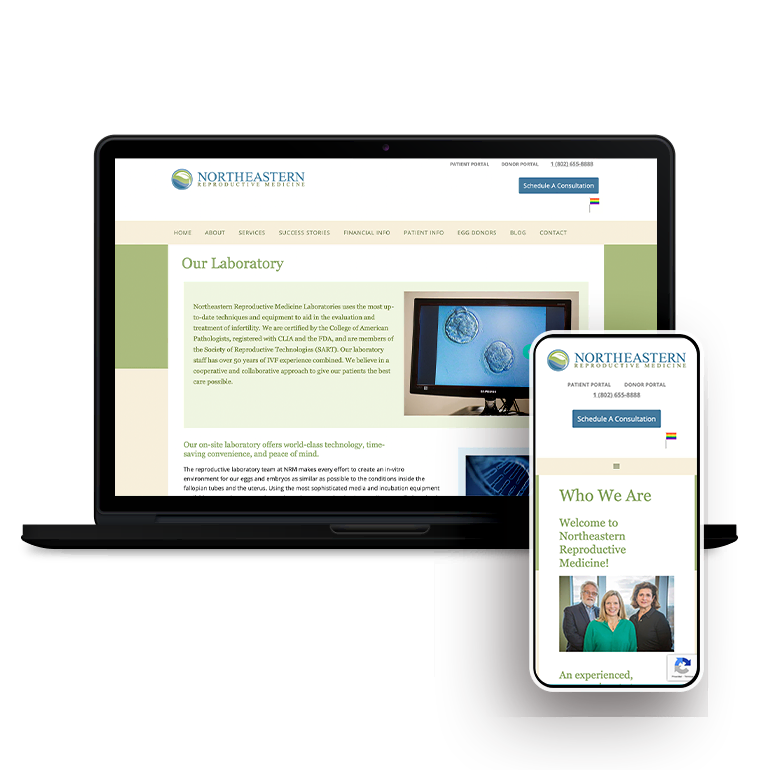



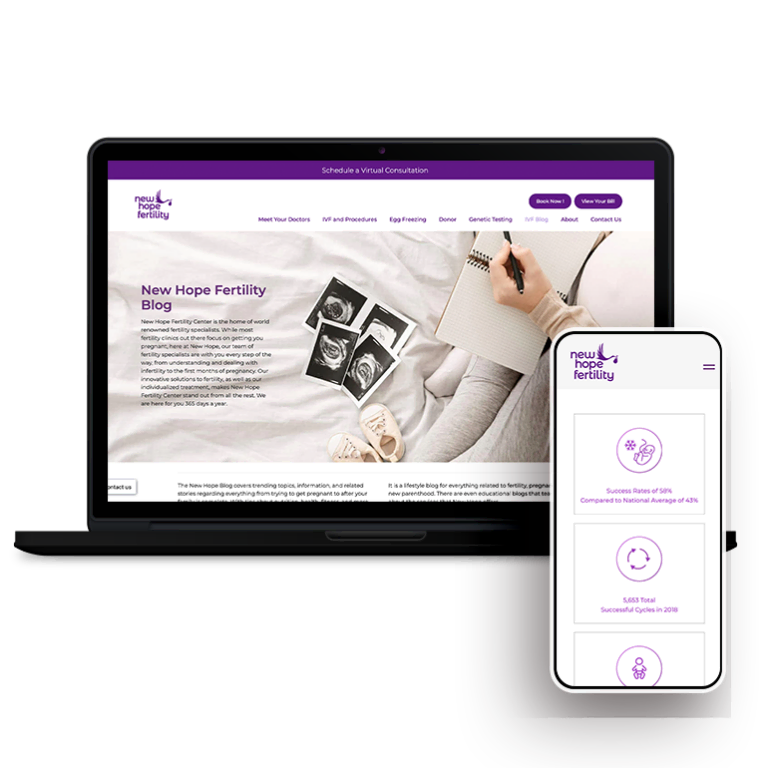
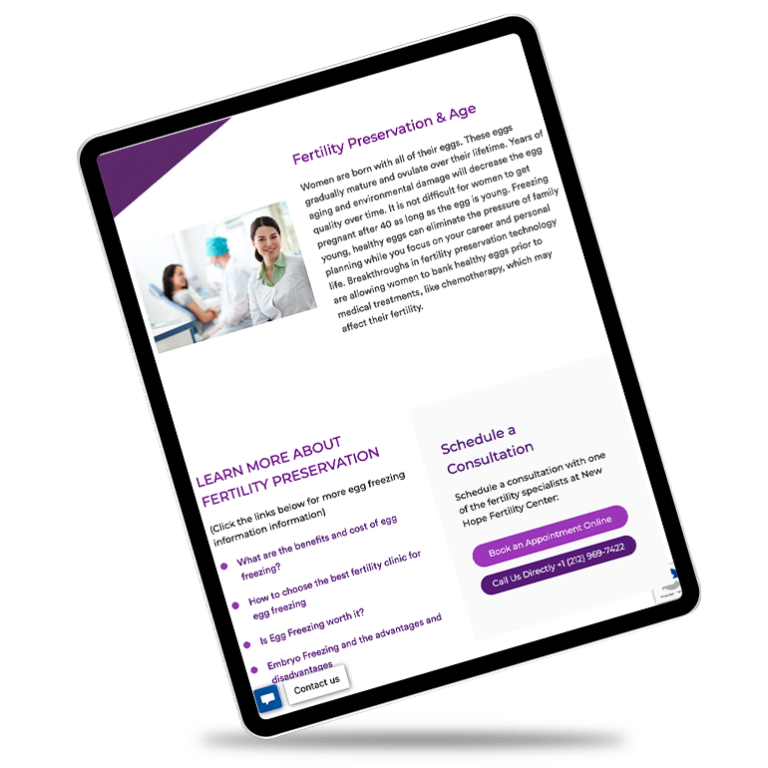

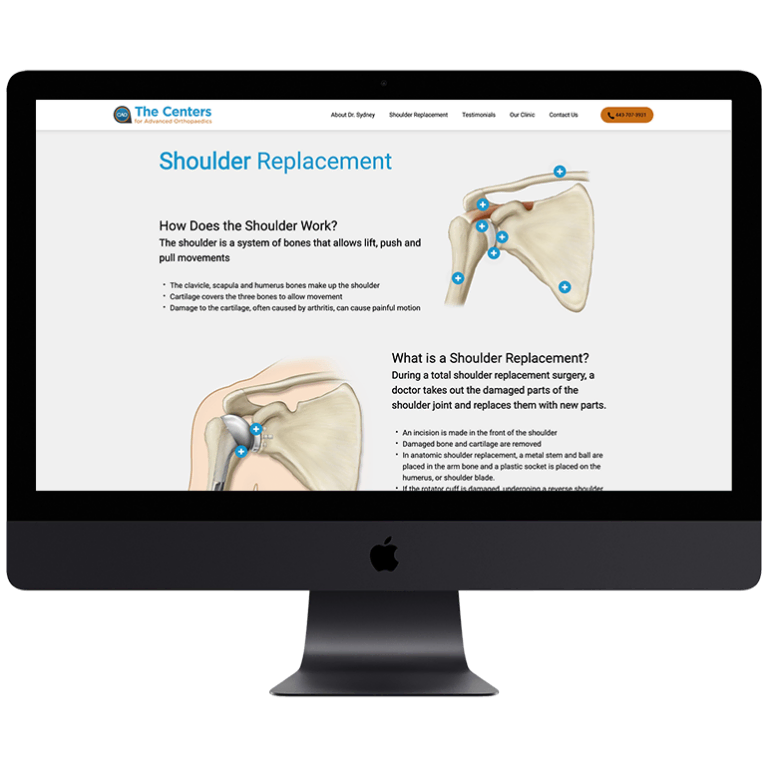




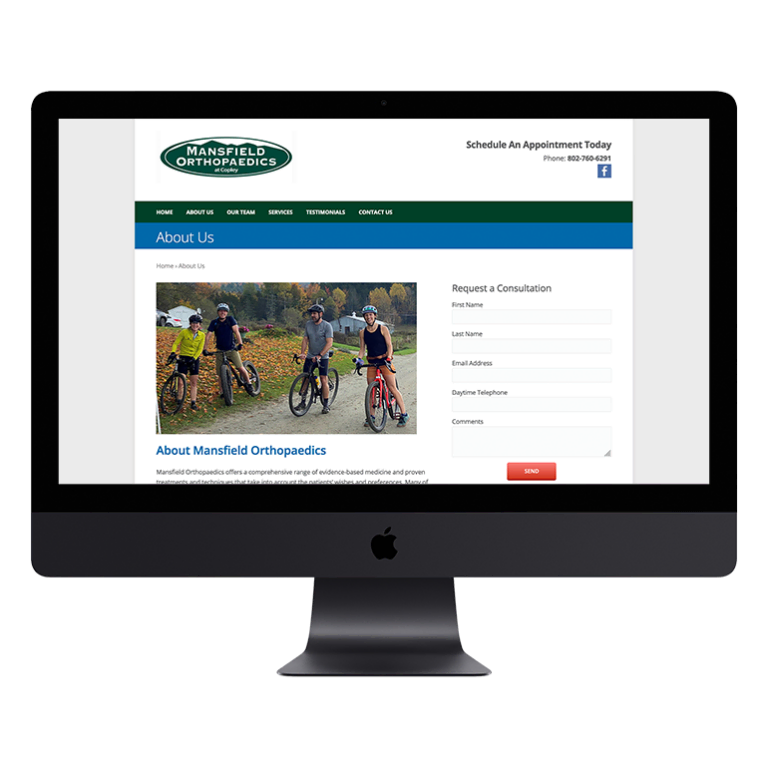
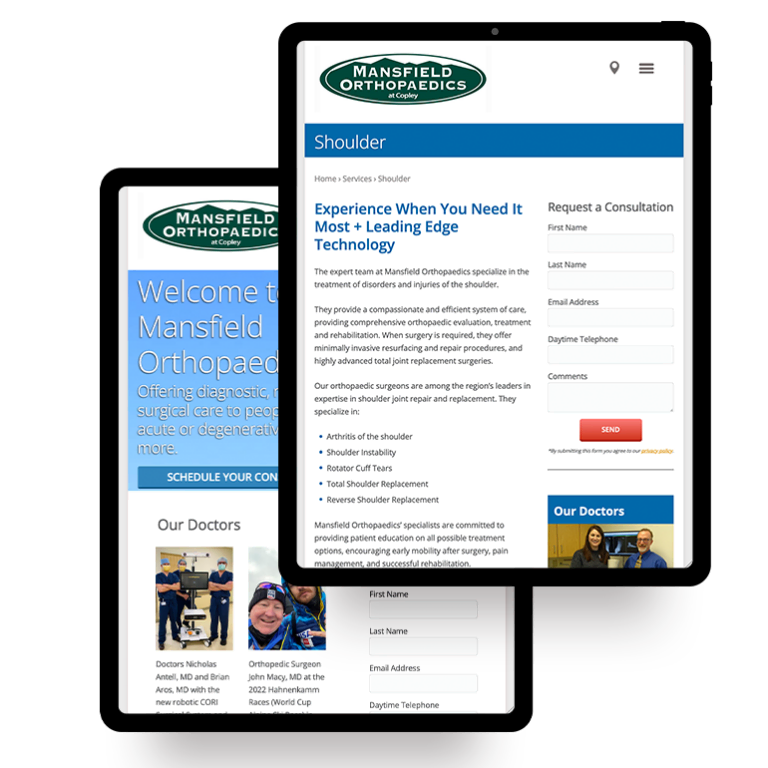

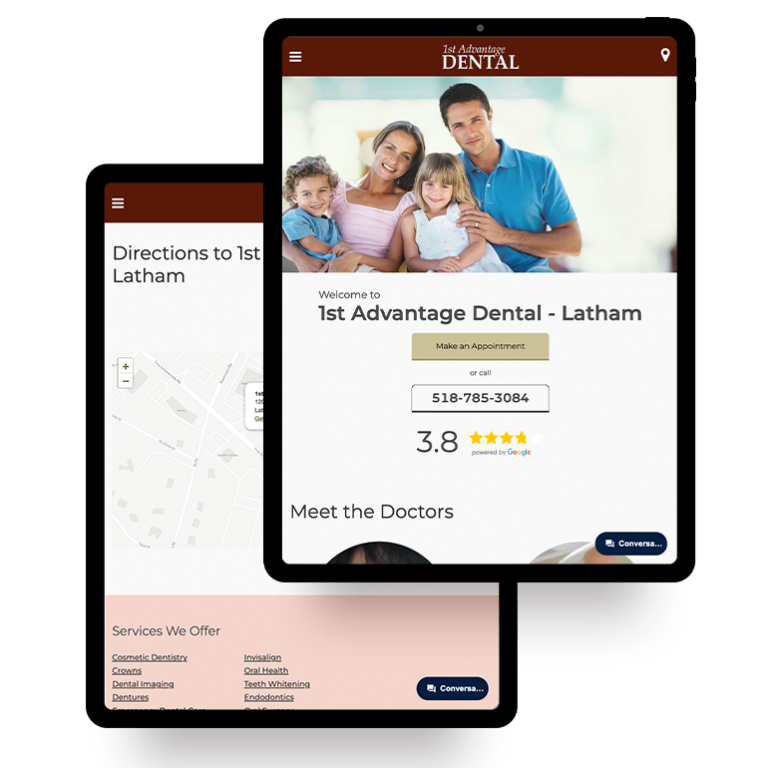

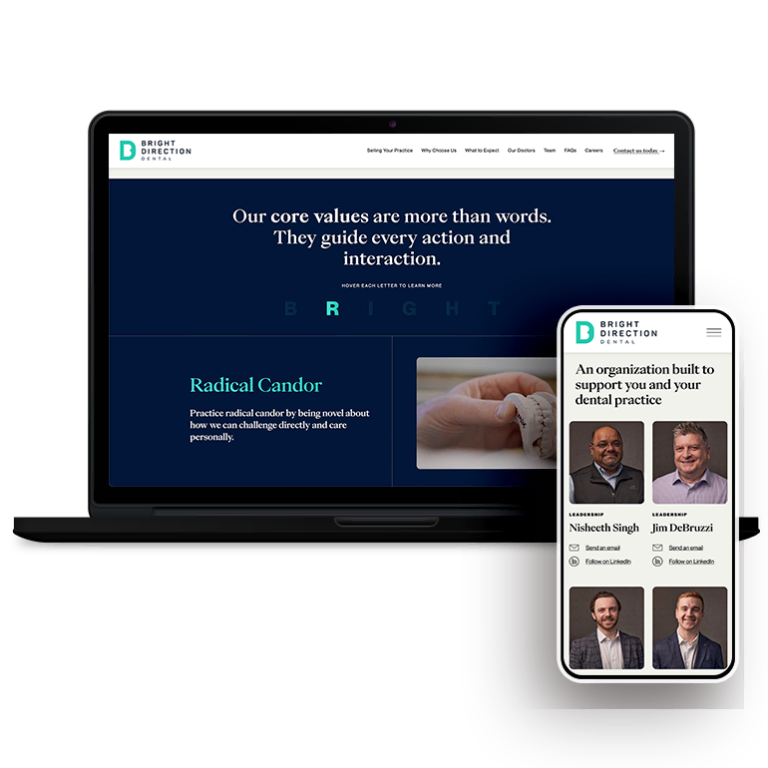
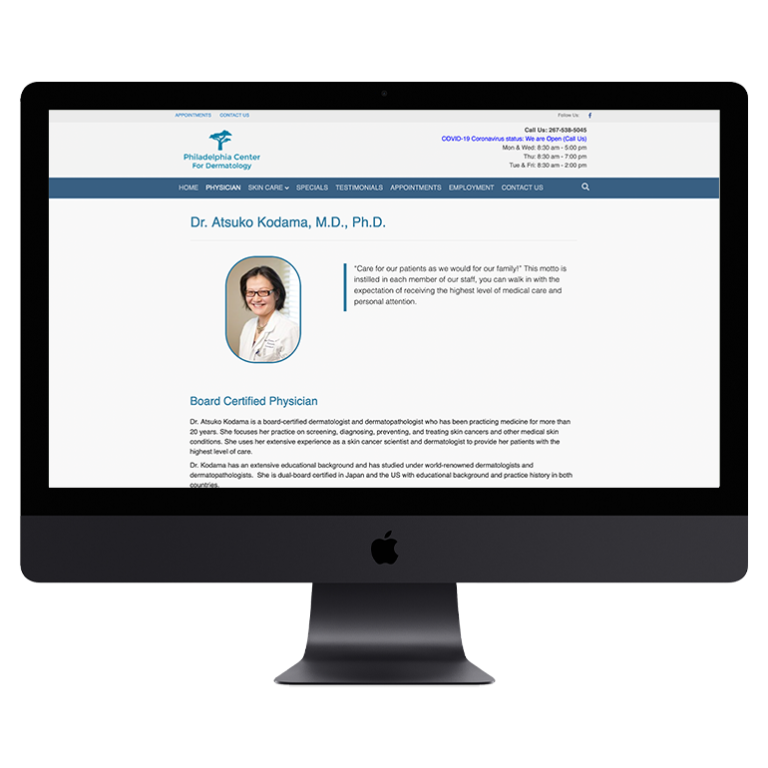
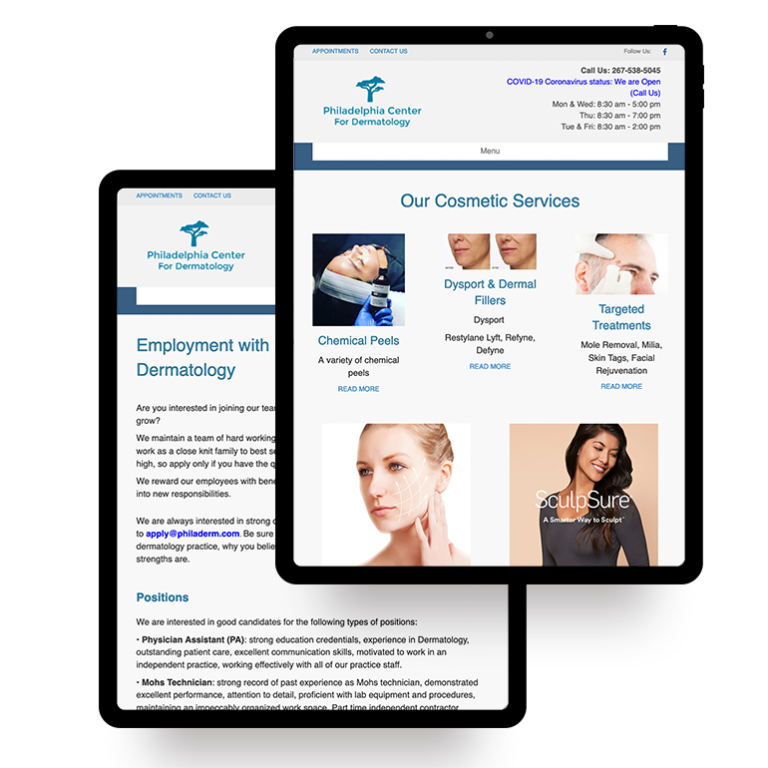




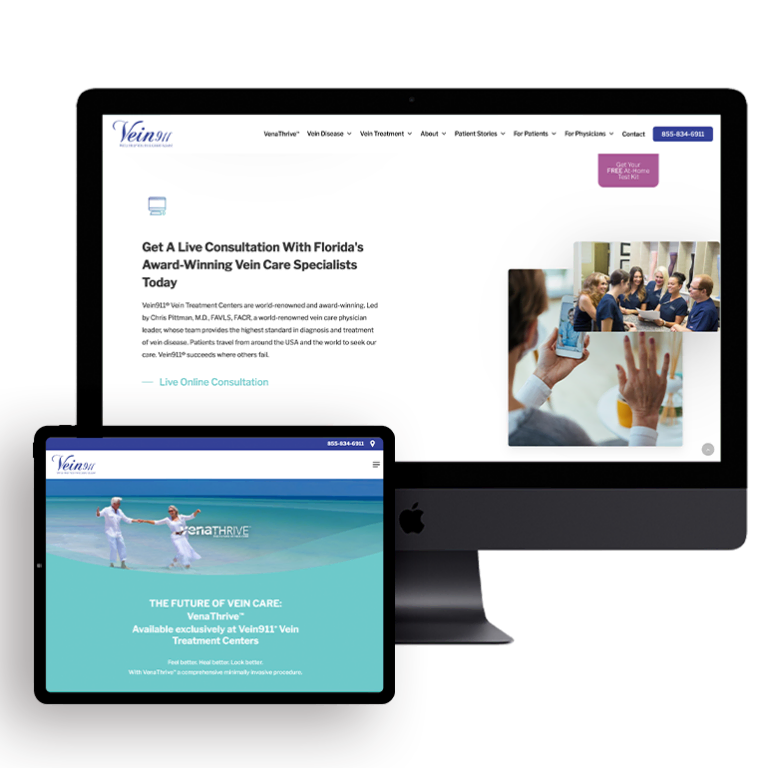
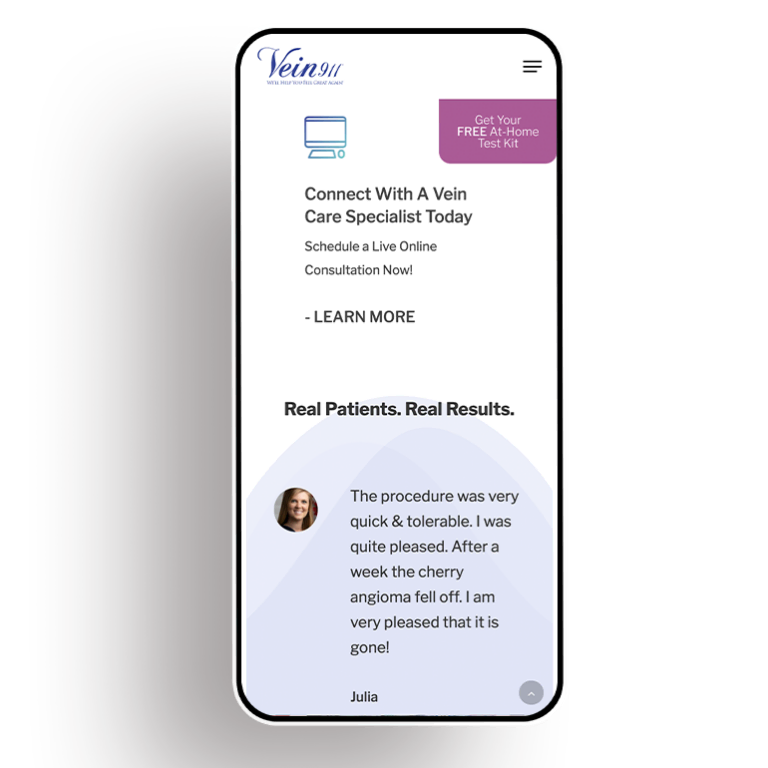


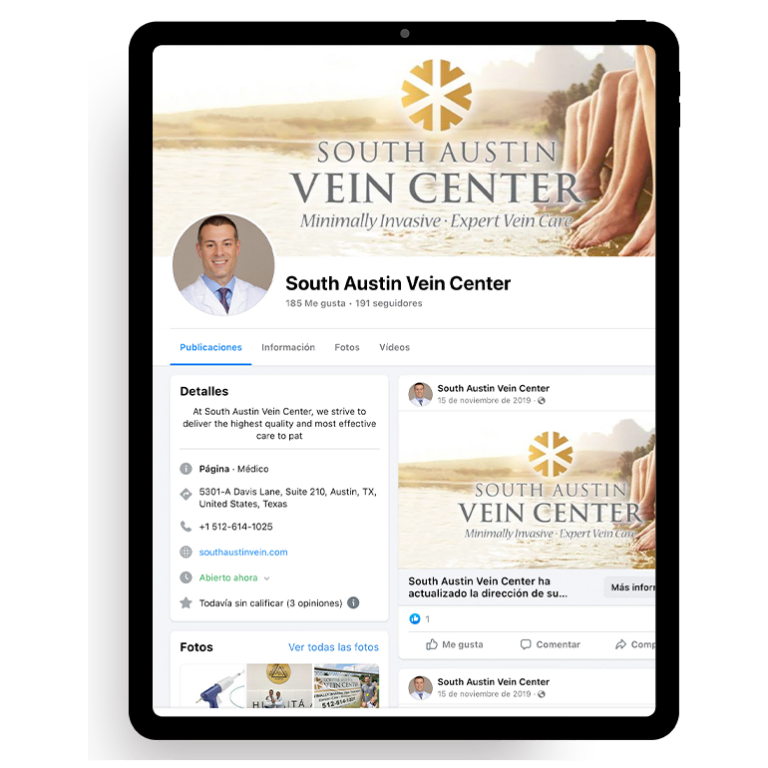



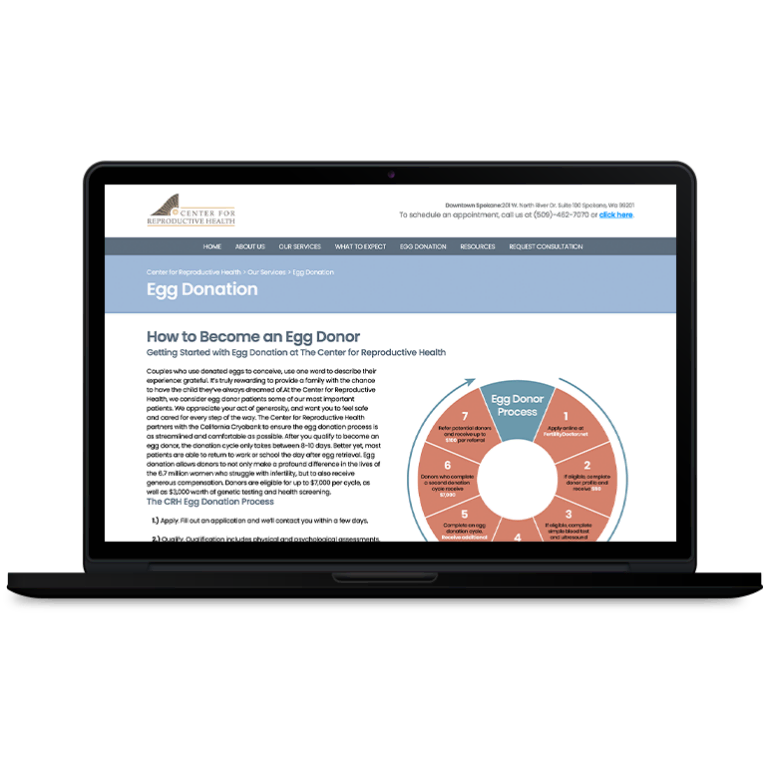
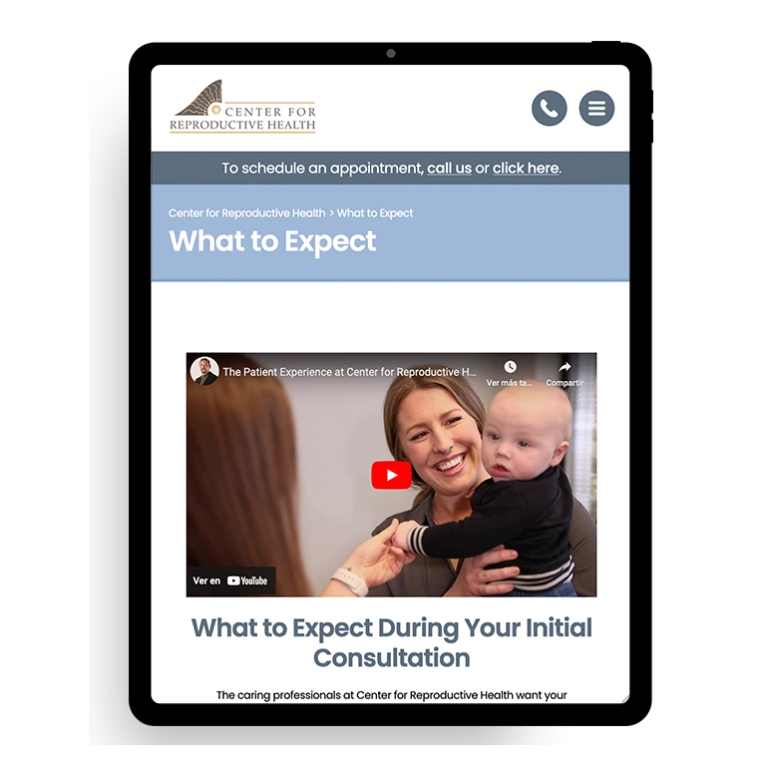
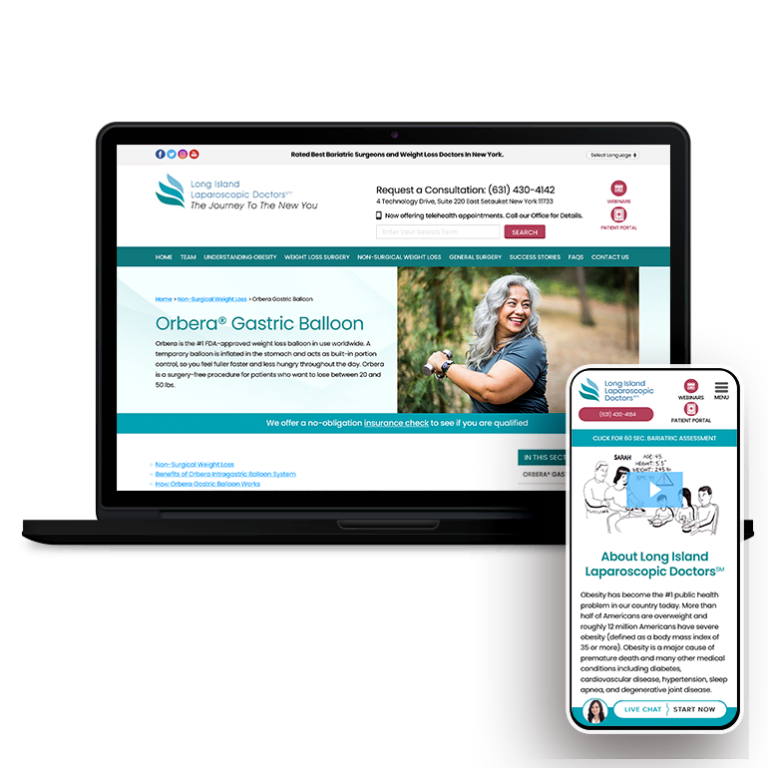
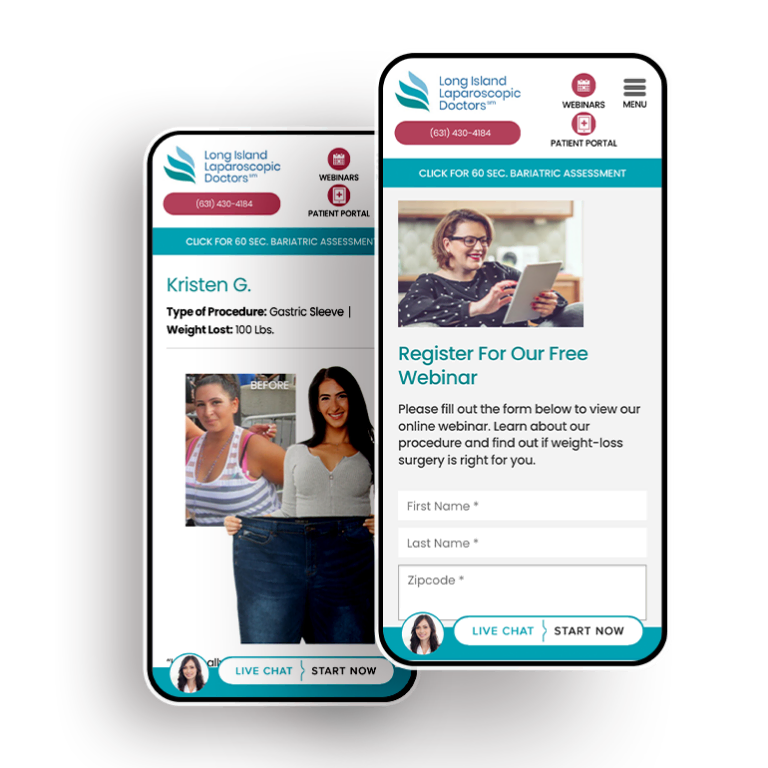
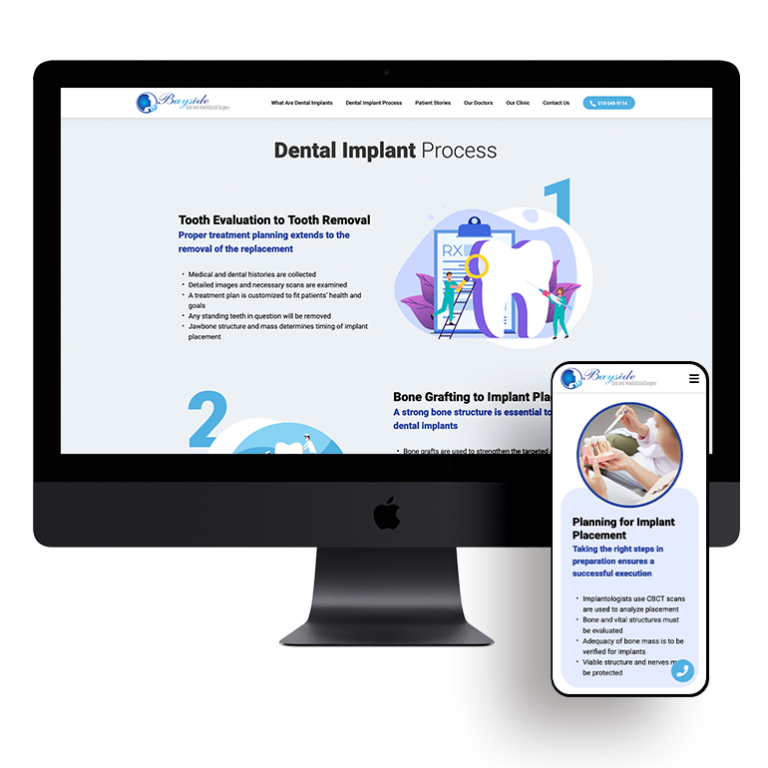




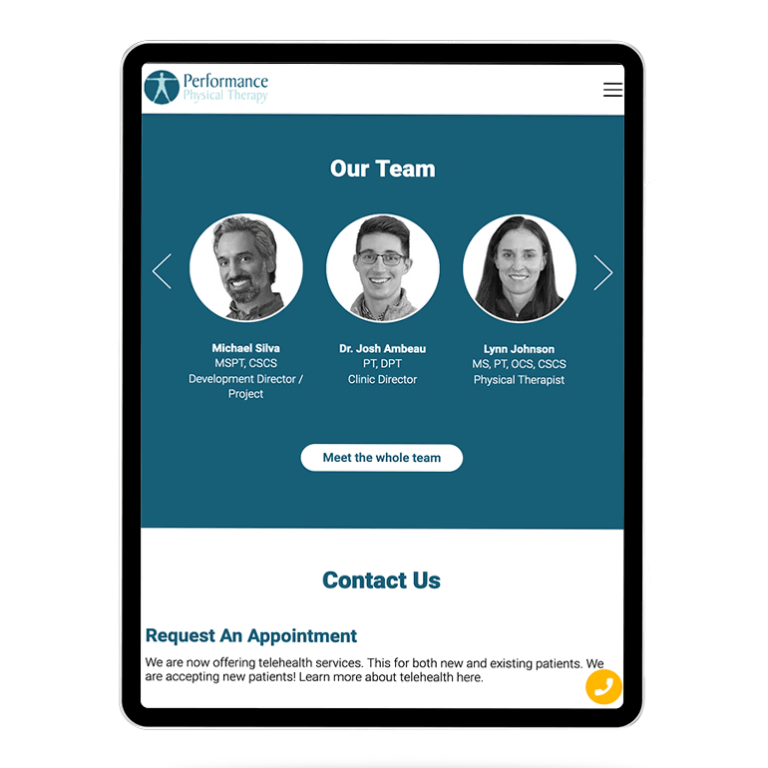

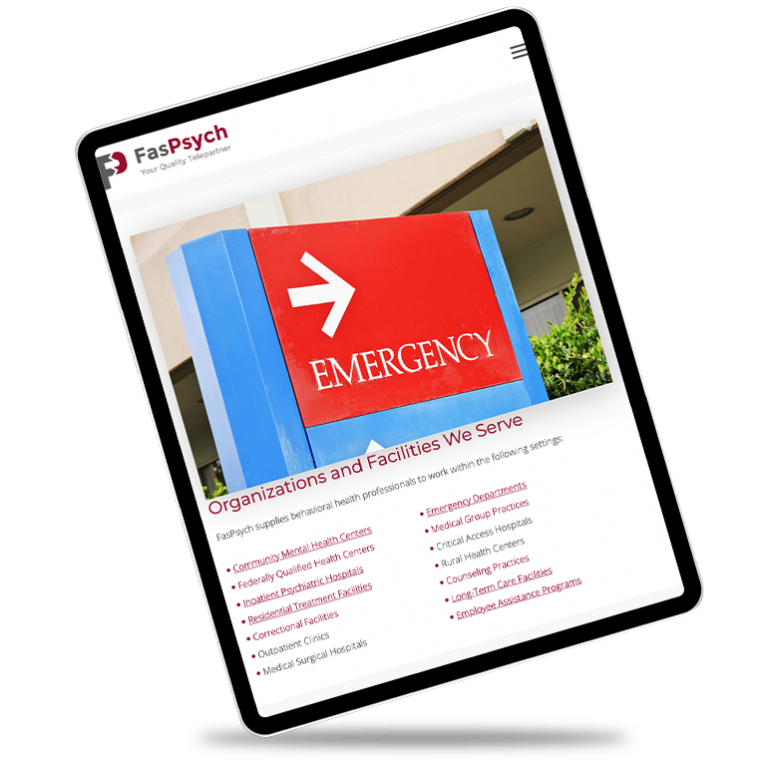
 Smart Design Creates New Patient Opportunities
Smart Design Creates New Patient Opportunities